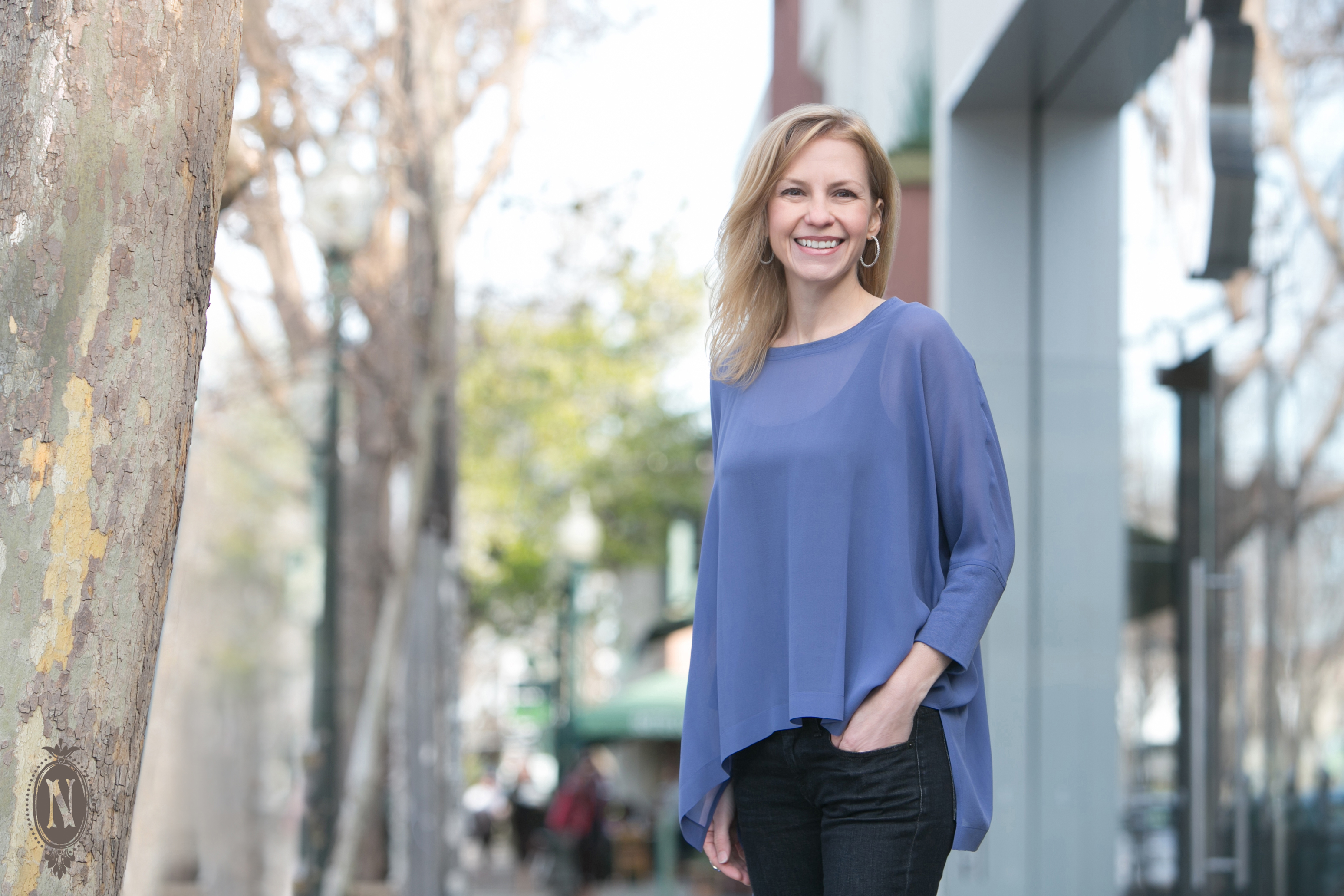
Some connections lead you to unexpected places. I didn’t know, back in 2012, when I started photographing Angela King’s family, that I’d be working with her six years later on images for a business she had yet to conceive. Calling it a business is somewhat too casual; it’s more like a mission, a vision, an inspiration. It is her offering to business leaders around the world, and it is deep. Enter Innerforce. Angela has synthesized her years of work experience spanning a corporate role at Apple to her work as an integral coach to develop content that I find immediately useful, currently delivered in a radio show and podcast. Innerforce offers wisdom and tools to help us cultivate our connection with ourselves and “…fuel ourselves in a way that builds our capacity to meet situations and each other in the way we intend.”
Angela’s work is impactful. I’ve started listening to her podcast during my commute and I always take away something I can apply to my life. Once I understood what she was creating, I knew that I wanted to interview her and share her insights with you.
Thank you, Angela!
-Nancy
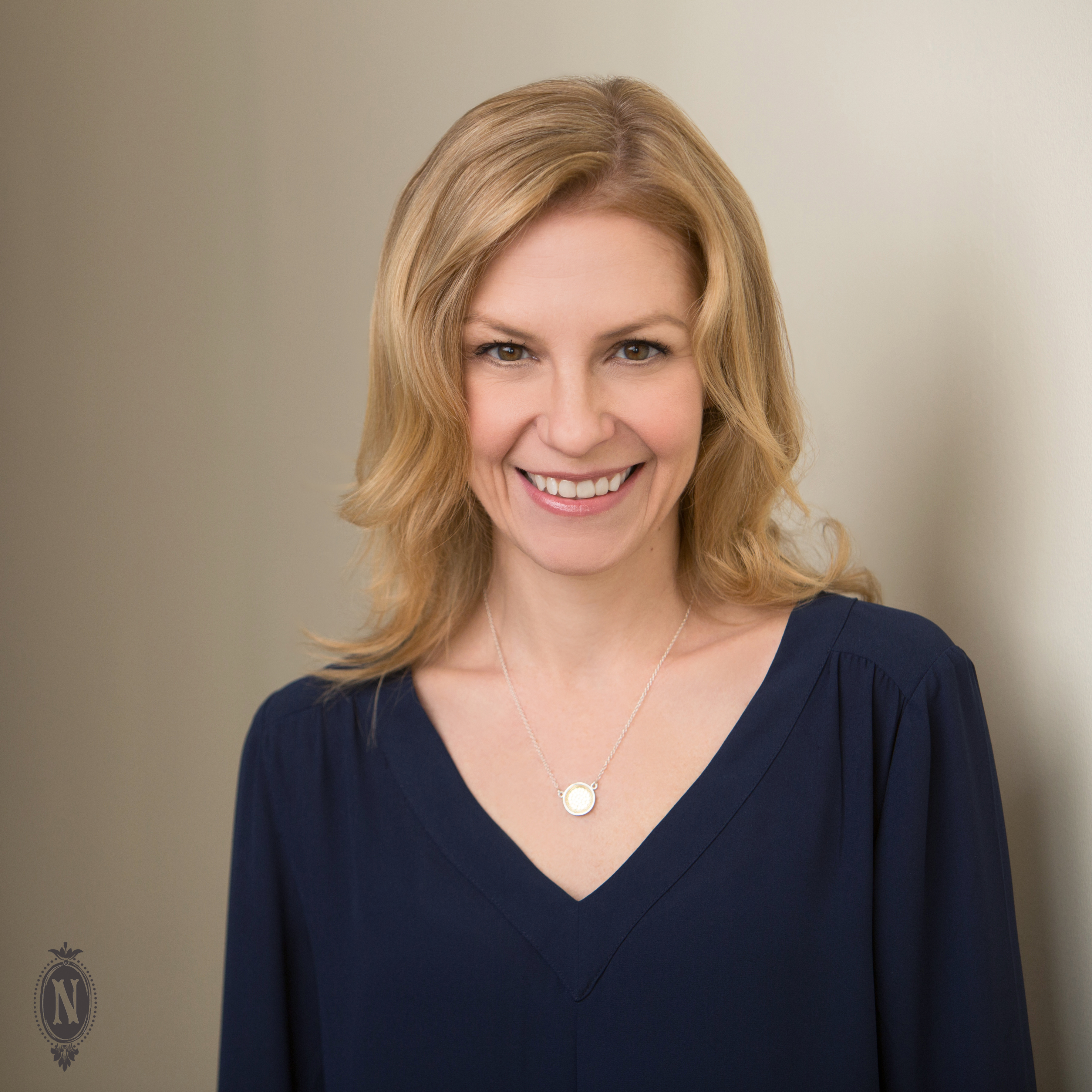
NR: What is Innerforce and why were you inspired to create it?
AK: The innerforce process is a framework designed to support leaders in developing a set of practices to do three things – 1) build more capacity to connect to ourselves (and then with others), 2) regenerate the state of our inner world, 3) generate fuel in order to rise.
We define innerforce as our deepest, most authentic self and the source of our vitality. Our innerforce houses our deepest truths, our most tightly held values, and our intuition.
I believe wholeheartedly that the most important connection we have is the one that we cultivate with ourselves. We need to take time everyday to fuel that connection in order to manifest what we intend in the world, in the way we intend to do it. This is the underlying premise of this work.
I’m inspired by the challenging moment we are in right now, and I believe each and every one of us is being called to step in and rise in whatever way we can.
I love the question Oprah poses on the cover of this month’s O magazine: “what would you stand up for? She says “It’s your time to rise – and be the light you want to see.” The innerforce process speaks to the “how” of doing this; we need to bring our whole selves to the task at hand by tapping into our vast inner resources, which brings forward much more of who we already are and what we can contribute.
NR: Have you ever done a radio show before, and if not, what inspired you to use that medium?
AK: This is my first time doing radio. My life has been a journey of finding (and losing, and re-finding) my voice. There was a point during my career at Apple that I finally found my voice as a leader and simultaneously lost my voice in my personal life. I have been on a journey of understanding how and why that happened and reclaiming my voice in every corner of my life. When the opportunity to do a radio program knocked on my door, I felt inspired to step into my voice in a literal way by sharing the content that I’ve been working on during the last few years.
NR: Who is your intended audience? Who will benefit from listening?
AK: Business leaders. I have immense passion for supporting leaders as they navigate these volatile and uncertain times. I understand the nature of the difficulty from the inside; the pace is intense and the stakes are high. It is difficult to do the heavy lifting of leading without developmental support.
NR: What’s surprised you about the process of creating the show?
AK: Doing the show has pushed my own developmental edges in transformative ways. It has both inspired me and actually required that I deepen my own connection with myself in order to meet the vulnerability I feel as I put this work out into the world. It has been imperative that I find new, real time ways of continuously reconnecting to myself when I get thrown off by impending deadlines or criticism – either my own or someone else’s. I’m grateful for what the process has taught me.
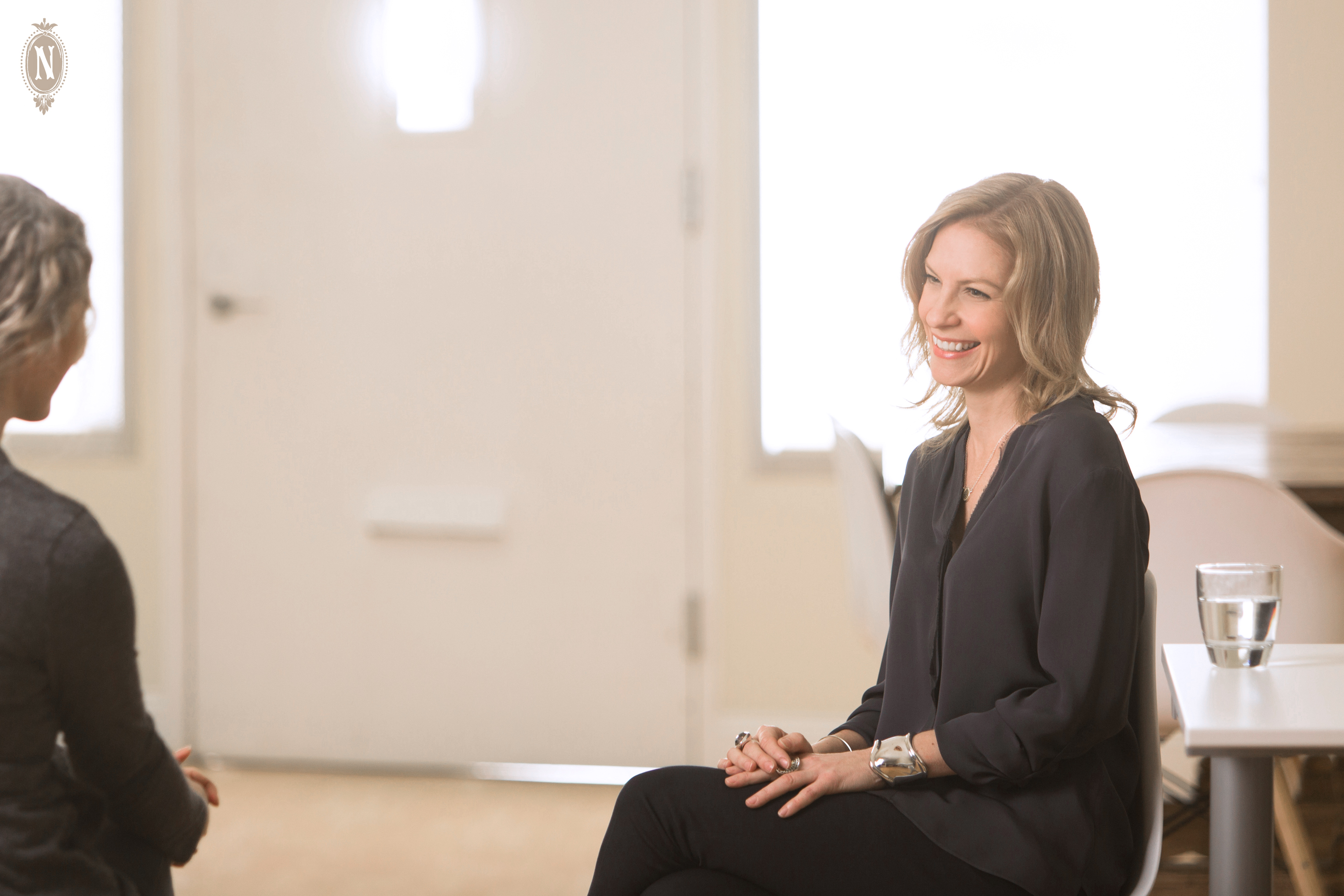
NR: How did you become interested in coaching?
AK: I’ve always been interested in human development. In my final years as a leader at Apple I realized how much I loved the work of developing the members of my team. After hanging up my Apple jersey, I set out on a journey of exploring what contribution I wanted to make in the world which led me to New Ventures West, a global integral coaching institution. The coaching certification program was life changing.
NR: How has your experience as a coach informed your approach to creating the content?
AK: My coaching work has been central to the creation of innerforce. The topics and resources are informed through my own continuous development work to bring my whole self to coaching and my current work experience with clients. Additionally, I’m leveraging my skills as an ex-strategy consultant and my 15 plus years of working in intense corporate environments.
NR: As a mother, what does work-life balance look like to you?
AK: Motherhood is the greatest job of my life and by far the hardest. Working for myself, brings much more flexibility to my life because I can call the shots. There are also things I’m learning to let go of. The one thing I know for sure is I have to metaphorically put on my oxygen mask first as they instruct us on the airplane. When I’m fueled up, I approach everything I do with more inner resources, creativity and presence. When I’m exhausted, stressed, and haven’t eaten, haven’t slept, haven’t moved my body, how can I bring all of myself to anything? We need to find ways to fuel up while we work, lead, parent and live.
NR: What questions do entrepreneurial parents need to be asking themselves as they juggle family and work?
AK: I find it helpful to notice when I am putting in extra effort beyond what is required. I like to ask the question, “what would happen if I did a little bit less here? What could I do with the extra time?” Often, there is an old, underlying belief set that is driving the extra efforting. For example, I have a “I’m a hard worker” story. I’ve worked super hard and I’ve seen my value as what I produce and it’s served me well. Yet left unchecked, it is unsustainable. In order to fuel up during my day, it helps to put that story down and know my essential value for what it truly is which is way more expansive than what I produce.
NR: What is one simple practice you recommend to help manage the feeling of overwhelm?
AK: I recommend tapping into the power of our body by taking about a minute to take ten conscious breaths, lifting through the spine and feeling the weight of our body through our legs and feet on the floor. This calls in the power of our parasympathetic nervous system which helps hold feelings of overwhelm. The beauty is we can do this anytime, anywhere and no one else has to know about it. This simple practice can support us in the middle of a tough meeting, a challenging conflict, or while we are trying to get our kids out the door to school.
NR: Do you have a morning routine?
AK: As the coffee brews, I’m doing a one-on-one check in with myself in which I get present and ask myself: “what is one thing I can do today to fuel up?” I also do 20 minutes of yoga and 20 minutes of meditation several days a week. Life can be unpredictable, so when that doesn’t happen in the morning, I fit whatever I can into the gaps in my day. I believe a few minutes is better than nothing — if all I can get in during the day is a 10 minute walk between activities or a few minutes of meditation while I’m in a taxi, I’ll take it.
NR: What are you currently reading?
AK: I’ve lost track of how many books I’m part way through that I’ve been reading as a part of preparing for this radio show! One I’m particularly loving is called Fear – Essential Wisdom for Getting through the Storm by Thich Nhat Hanh. I love the way he writes — its simple, and straightforward while at the same time has tremendous depth. The following quote feels particularly resonant with me right now. In reference to attending to the little child within all of us no matter how grown up and self-sufficient we are, Hanh says, “You may want to say to the little one inside you, the past is not our home; our home is here, where we can really live our life. We can get all the nourishment and healing we need here in the present moment.”

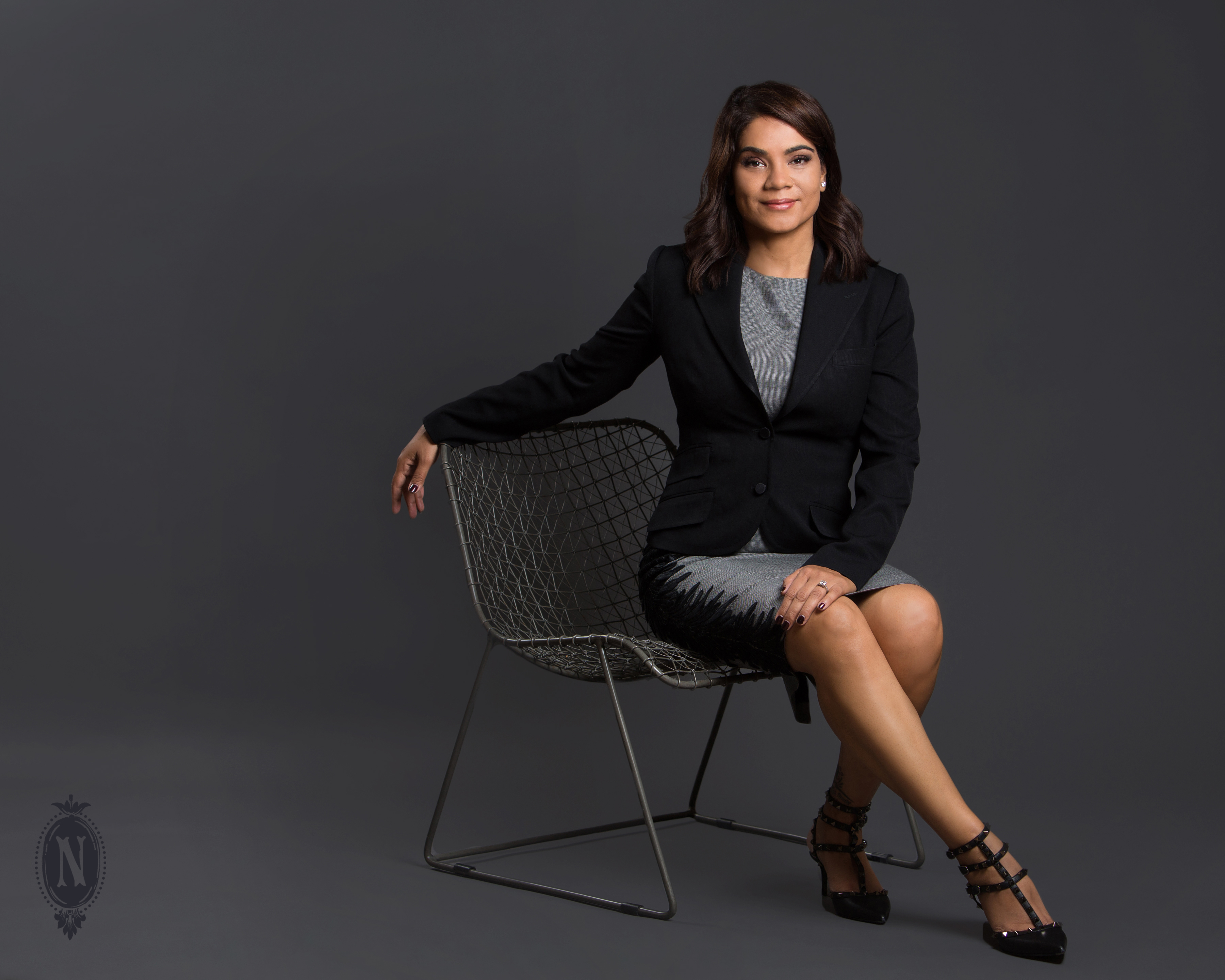
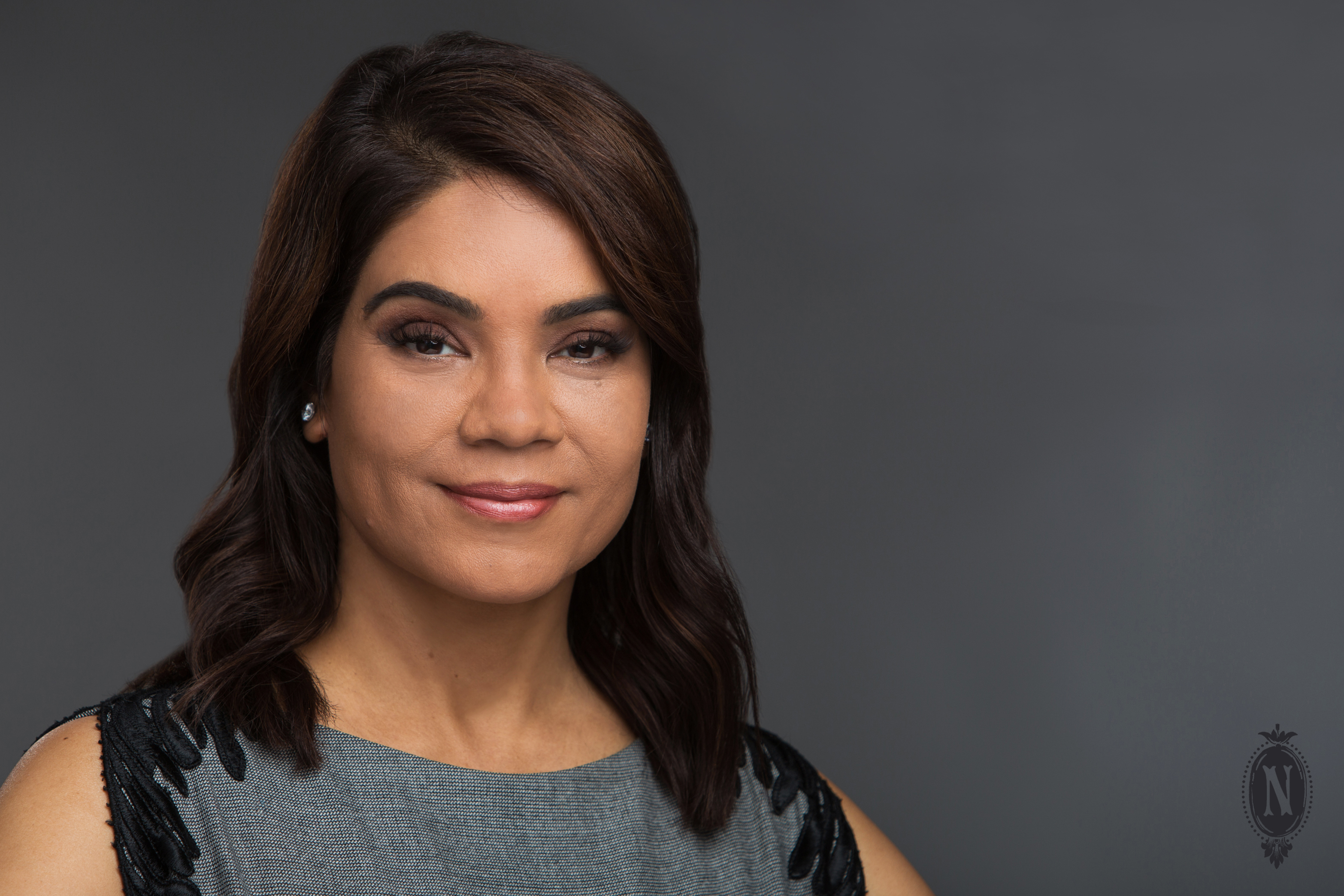 NR: What surprised you when you started your first company, Phala Data?
NR: What surprised you when you started your first company, Phala Data?